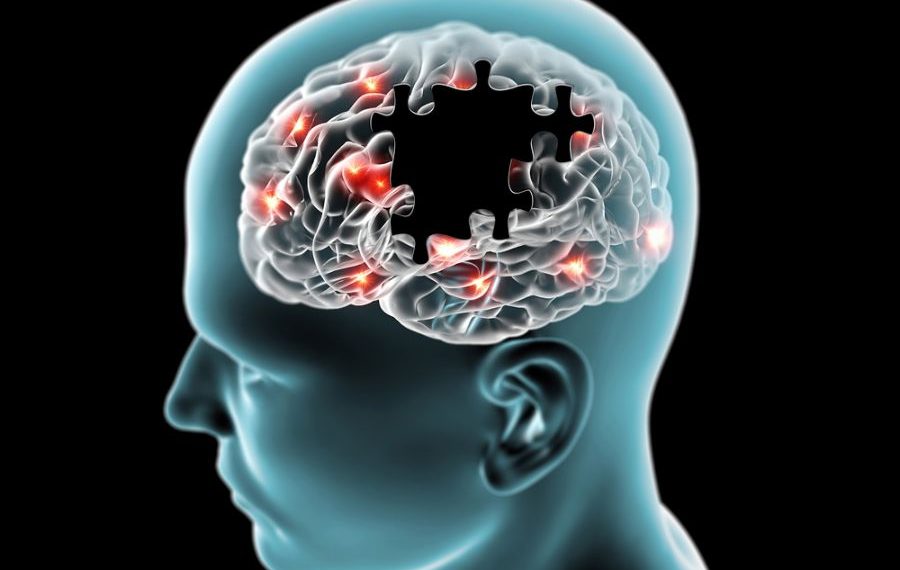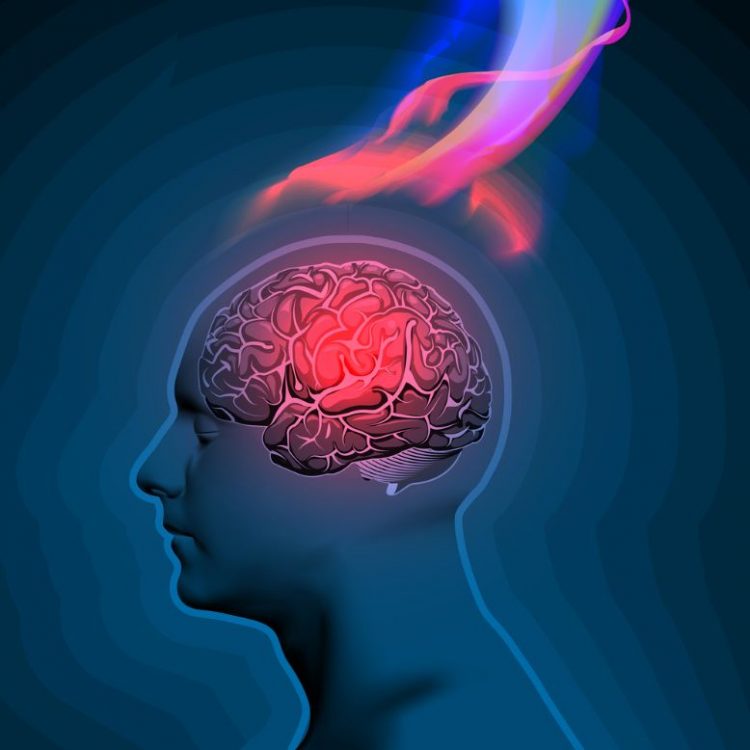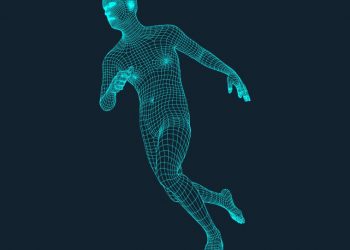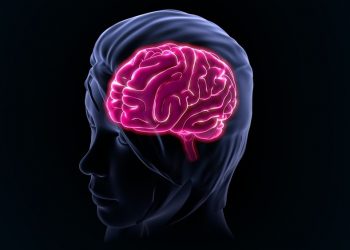Types of Parkinson's Diseases
Parkinson's disease is one of the most common forms of mental decline that affects humans. It is also one of the most complex, as it has many characteristics that are not immediately noticeable to those who suffer its effects. The first signs of Parkinson's typically manifest in middle age, but the disease often begins in the early stages of life. Some types of Parkinson's diseases are based on dopamine, while others are based on serotonin. The latter are known as non-synonymous, because they affect neurotransmitters in the brain and therefore have no known cure.
Parkinson's itself does not always manifest with obvious symptoms, which makes diagnosis of the disease extremely difficult. People who have been diagnosed with the disease often show a number of different symptoms that are thought to be indicative of the onset of Parkinson's. Because the symptoms tend to vary so much from person to person, it is often difficult to attribute them to the disease. In addition, the symptoms themselves can be a cause for concern, as they may suggest other conditions that should be considered.
In general, there are four main groups of Parkinson's diseases – corticobasal degeneration, Parkinson's disease, Parkinsonism and tremor. Within each group, there are subtypes. There is no one test that can accurately diagnose the disease in each case, but there are several common symptoms that may indicate a diagnosis. The presence of one or more of these symptoms indicates that you may have the disease.
The first symptom that you may have is wobbling or loss of balance. This tends to occur in both children and adults, and tends to become worse when performing certain physical tasks, such as walking. Some people may find that the problem becomes worse when performing certain motions, such as sneezing or laughing. While some forms of Parkinson's can be helped by medications, there are also dietary supplements that have shown some success.
The second symptom is rigidity or stiffness of the limbs. While this does not include difficulty walking, it is something that may affect speech, coordination or muscle tone. It tends to occur mostly in older individuals.
The third symptom is the need to repeatedly do certain activities. This includes using the keyboard or toe ring on the keyboard when speaking, or doing headgears. In addition, the person will likely need help with climbing stairs or performing multiple tasks. The fourth symptom is the loss of ability to think and reason properly. While it is not common to see in all patients, there are cases where patients lose the ability to reason or learn new things. While most symptoms begin to appear around the age of 40, they tend to hit later in life.
In many of the types of Parkinson's diseases, the first symptoms can be seen on an early basis. However, others can begin to show up years later. The treatment of each type of Parkinson's disease is different.
Each of the types of Parkinson's diseases has its own characteristics, symptoms and treatment options. It is important that anyone who has been diagnosed with Parkinson's understand what the symptoms are and how each of the types of the disease affects the body. This will help them determine the best course of treatment. Each type of Parkinson's disease is different and unique. Knowing what to expect can help a patient and family understand the severity of the disorder and the treatments available.
Some of the most common symptoms of Parkinson's are slowing of movement and difficulty with balance and gait. There may also be twitching of the eyes or mouth, difficulty talking and unusual emotional behavior. Other symptoms of the disease may include having an inability to swallow, problems walking, getting up from a chair and even urinary incontinence. When any of these symptoms occur, it is important to seek medical attention immediately. Early detection of the disorder can help to minimize the number of potential serious complications.
There are some types of the disease that are easier to detect early. In addition, some of these types of disorders affect only one part of the body and do not cause other symptoms. The slowest types of the disease may have little to no outward signs or symptoms. However, if early detection is sought, the possibility of developing more serious types of the disease is likely to be minimized.
Types of Parkinson's Diseases
Parkinson's disease is one of the three most common forms of disorders involving the nervous system. This disease is characterized by involuntary movements of the body caused by problems with dopamine production in the brain. Dopamine is an important chemical that is present in the brain and helps with controlling movement. This condition usually first shows itself in middle age, but research shows that it can actually occur at any age. As you get older, it is more likely to show up.
The three main types of Parkinson's diseases are Parkinson's neuroma, Parkinson's disease with dementia and Parkinsonism. There is also another rarer form called Parkinsonism due to lack of dopamine. Regardless of what type of Parkinson's you have, though, the effects are similar. Each type of Parkinson's disease has different risks and symptoms, and they each affect approximately ten percent of the world's population.
Parkinson's neuroma is a lump on the scalp or brain, often involving a cavity. The disease often appears when the protective membrane surrounding brain cells breaks down. The disease often shows itself as poor muscle tone and unusual gait. Other symptoms include tremors and loss of balance. These symptoms often happen on their own but can also be worsened by physical activities such as talking, sneezing and laughing.
In Parkinson's disease with dementia, on the other hand, patients experience memory lapses, forgetfulness of even the simplest things, social ineptness and lack of creativity. Some people say these symptoms resemble those of Parkinson's disease, but Parkinson's disease has no known cure. Because of this, some patients with this condition are eventually put to death by their own families. This is why it is imperative that if you suspect that you may have this condition, you see a doctor.
Another type of dementia that is linked to Parkinson's disease symptoms is the ataxia (lack of motor coordination) disorder. Patients who show early signs of apraxia often suffer from seizures. Seizures are caused by a faulty link between brain cells and the rest of the body.
This condition might not have any symptoms at all. If the condition is left untreated, however, it could result in death for the patient within a few years. This means that if you think you may have this disease, you should immediately set up an appointment with a doctor.
You should know that all three types of Parkinson's disease have symptoms that are essentially the same. They include rigidity of muscles, a decreased touch sensation and tremor. However, the symptoms they exhibit might be slightly different in different patients. For example, rigidity of muscles might result from having Parkinson's disease, while tremor might be a result of another condition altogether.
The treatment of each of these types of the disease might be slightly different as well. Patients with Alzheimer's might be given anti-inflammatory medication, while those with Parkinson's will likely receive dopamine antagonist medications. These medications are taken to block dopamine transporters that have been damaged by the disease, preventing them from doing their job. Prognosis for each symptom can also vary greatly based on where you live and what kind of lifestyle you have.
It is important to note that each type of the disease can be caused by a variety of different things. Some cases can be the result of a tumor on the brain or spinal cord. Other cases might be due to exposure to toxins or poor nutrition. While genetics play a big role in Parkinson's, environment does as well. Therefore, there is no reason why you should not take care of yourself and eat healthy foods, get plenty of exercise and avoid substances such as nicotine.
When it comes to understanding the symptoms of the disease, it is helpful to know that most sufferers exhibit signs of rigidity of the limbs or ankles, which generally affects the first phase of the disease. Also, sufferers may begin to experience problems with the vocal chords resulting in hoarseness. Other types of Parkinson's disease symptoms include tremors and loss of balance. In addition, you can also find that some sufferers will begin to lose the ability to speak properly. Understanding the various types of Parkinson's diseases will help you know what to look for and help you to lead a more normal life.









